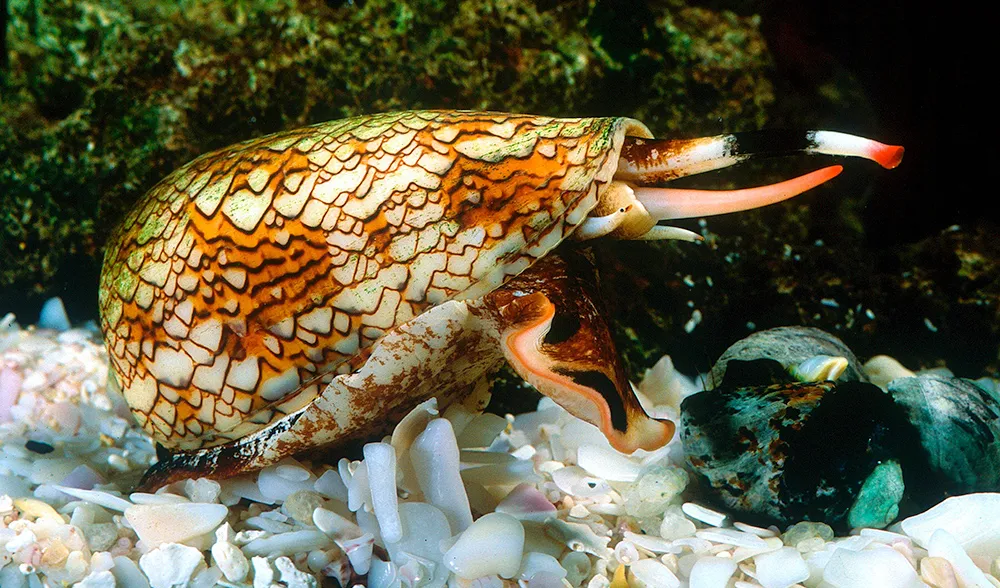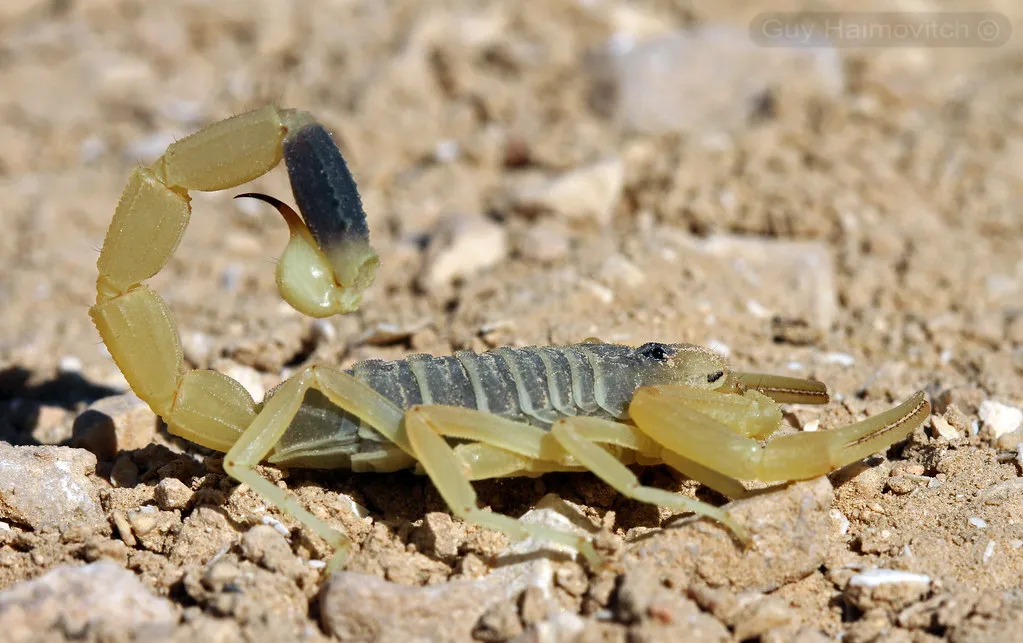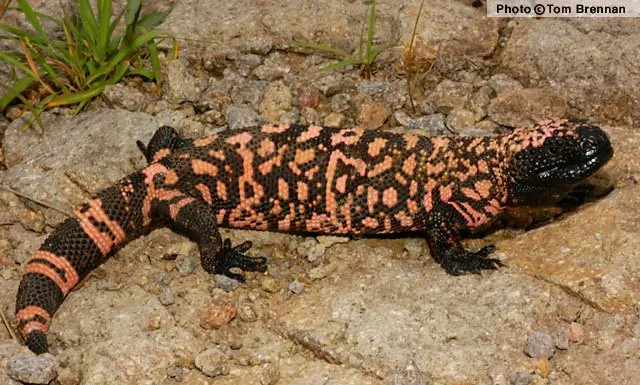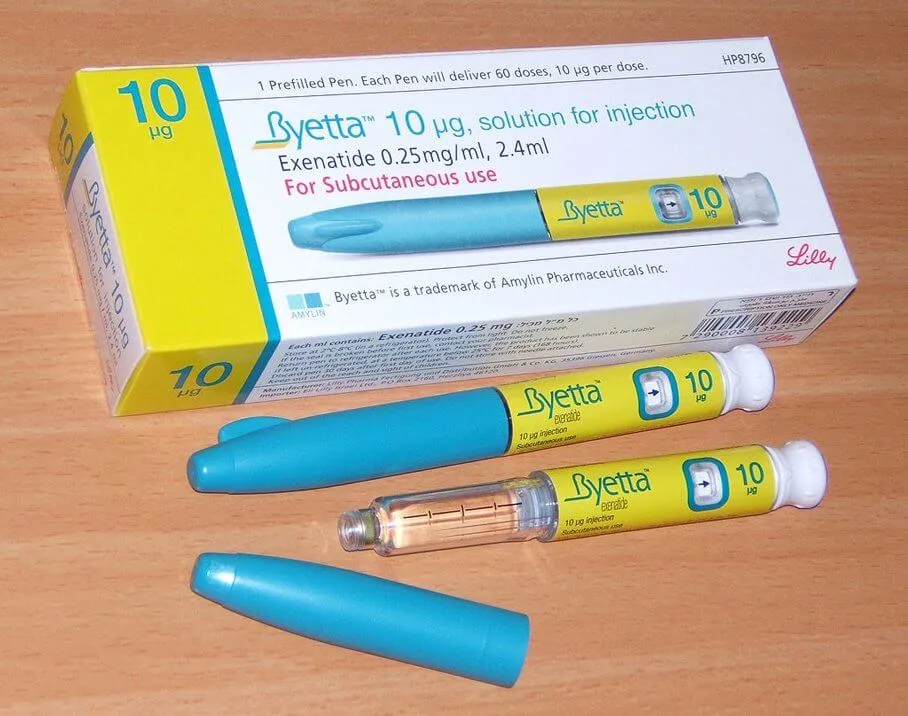
At first glance, venoms would be considered extremely dangerous and nature's evil way of causing harm to organisms in general, not just humans. A second closer look over the years have shown the benefits of venoms on modern and even primitive medicine.
It has been reported that in ancient Rome, venoms were indicated to have been used for treatment of fever, leprosy, small pox and even wound healing.
Evolution over millions of years have made venoms of certain living things especially animals more specific and deadly; targeting a specific part of the intended target's bodily function and disabling it quickly.
Over years of research, some of these venoms have been used in the development of useful drugs, many which we use today.
I bet the first person to come up with the idea of using venoms for medicinal purposes may have been considered mad.
Regardless of that point, looking into venoms for medicine has been extremely useful.
In the development of drugs from venoms, it's actually toxins that are used, not the venoms as a whole. In a single animal venom, about 12 to 100 structurally different toxins can be identified.
Some of the drugs developed from venoms have been approved by the US FDA and are currently in use. Some are still in the trial and and pretrial phases.
Venoms and Their Uses in Medicine
The Saw-scaled Viper Venom

This is the venom of Echis carinatus (Saw-scaled viper) found in the Middle East and India. The venom of this snake, in its pure form, causes defects in hemorrhage and coagulation leading to Hematemesis (bloody vomiting), Melena (bloody stool), hemoptysis (bloody cough), epistaxis (bloody nose) as well as kidney failure. However some parts of the venom has been used in Hemostasis research. It contains a protein that affects blood coagulation, having an enzymatic action. The Procoagulant (the Prothrombin activator)- Ecarin is from the Echis carinatus venom. It is also used to detect abnormal kinds of Prothrombin.
Cone Snail Venom

Cone snails are a group of extremely venomous and dangerous sea snails. These snails (when alive) should not be handled as their stings could be fatal. The venoms are mainly peptides with some of the toxins contained extremely toxic. Some of the toxins act on certain pain receptors which is what made them useful in pain relief development.
Ziconotide is a perfect example of a drug isolated from the venom of this sea snail (Conus magus- the magician cone snail). It is about a thousand times more potent than Morphine in pain relief. Other drugs on the works based in this venom currently focus on treatment of neurological disorders like epilepsy, Alzheimer's, and Parkinson's disease.
Death Stalker Scorpion Venom

This venom is from the scorpion- Leiurus quinquestriatus. Commonly called the deathstalker scorpion, it is yellow in color. Mostly found in Northern Africa and the Middle East, it is a dangerous arachnid with a very painful sting. However, its venom is not lethal to a healthy adult human though it can cause severe damage in children and the elderly.
The venom contains neurotoxins and cardiotoxins one if them- Chlorotoxin (a peptide), has shown potential in tumor treatment as well as for insulin regulation in diabetic patients. Clinical trials in 2015 saw the use of Chlorotoxin and a fluorescent molecule together to highlight cancer cells, making them visible during an operation to remove brain tumors.
Gila Monster Venom

The Gila Monster (Heloderma suspectum) is a species of giant lizards and is one of the few venomous ones. It is native to Southwestern United States and Northwestern Mexico. It produces a venom in its salivary glands. Its venom is not lethal to an adult human. The effects is mostly neurological.
Over a dozen peptides contained in this reptile's venom have been isolated and applied in medicine. One of them- Helodermin has inhibitory effects on the growth of lung cancer.
Exenatide is a drug developed from exendin-4, a peptide from the lizard's venom used in treatment of type 2 Diabetes.

It was approved by the US FDA in 2005. It also significantly helps in weight loss. Another drug- Gilatide (also derived from exendin-4) is seen to improve memory and is currently being researched to be used in Alzheimer's disease and Schizophrenia.
There are some other snake venoms that have been useful in development of drugs, however, due to my disgust (more like FEAR) for snakes, I will not dive into them. These include the king cobra venom and Brazilian lancehead viper venom.

It is important to note that these venoms/toxins are used mostly as precursors in the making of the actual drugs. Some of the precursors are just parts of the toxins and not the whole.
As these toxins are biological materials, there is always the risk of allergies. Therefore consideration of use of drugs manufactured from venoms include the possible side effects, allergies in individuals prone to allergies.
These poisons could end a person's like as well as save it. They are just one of those paradoxes of nature.
I definitely DO NOT recommend following a few snakes or scorpions around for a bite or two.
Thanks For Reading.
References:
https://www.ncbi.nlm.nih.gov/pmc/articles/PMC4436903/
https://healthypets.mercola.com/sites/healthypets/archive/2015/10/13/amp/venom-toxins.aspx
https://www.treatmentsolutions.com/uses-for-scorpion-venom/
https://biologybiozine.com/2012/11/01/making-medicine-from-snake-venom/
http://www.sciencefocus.com/article/nature/bite-cures-how-we’re-turning-venom-medicine
http://www.medicaldaily.com/venom-medicine-how-spiders-scorpions-snakes-and-sea-creatures-can-heal-328736
http://www.iflscience.com/health-and-medicine/how-scorpion-venom-could-yield-new-cancer-treatment/
https://en.m.wikipedia.org/wiki/Cone_snail
http://www.scorpionworlds.com/deathstalker-scorpion/
https://en.m.wikipedia.org/wiki/Gila_monster